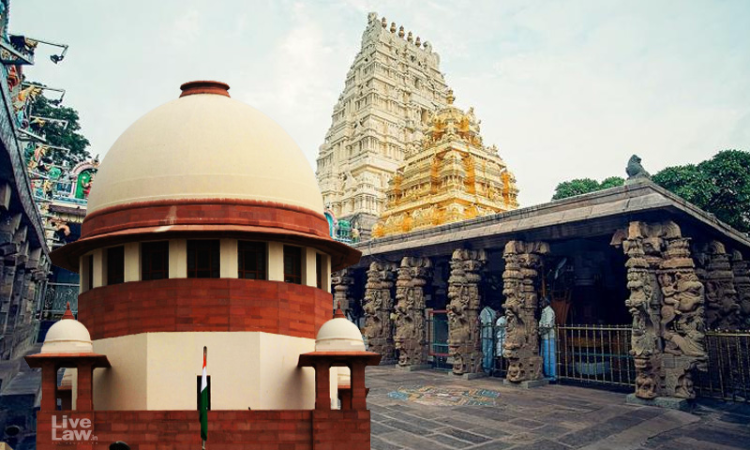"No Supporting Documents Produced" : Supreme Court On PIL Against State Control Of Temples
Padmakshi Sharma
1 Sept 2022 6:05 PM IST

Next Story
1 Sept 2022 6:05 PM IST
The Supreme Court, on Thursday, while hearing a PIL seeking to declare that Hindus, Buddhists, Jains and Sikhs have similar rights to administer their religious places without State interference like Muslims, Parsis and Christians, orally remarked that the petition was not supported by any material. A bench comprising Chief Justice U.U. Lalit and Justice Ravindra Bhat was hearing a petition...
